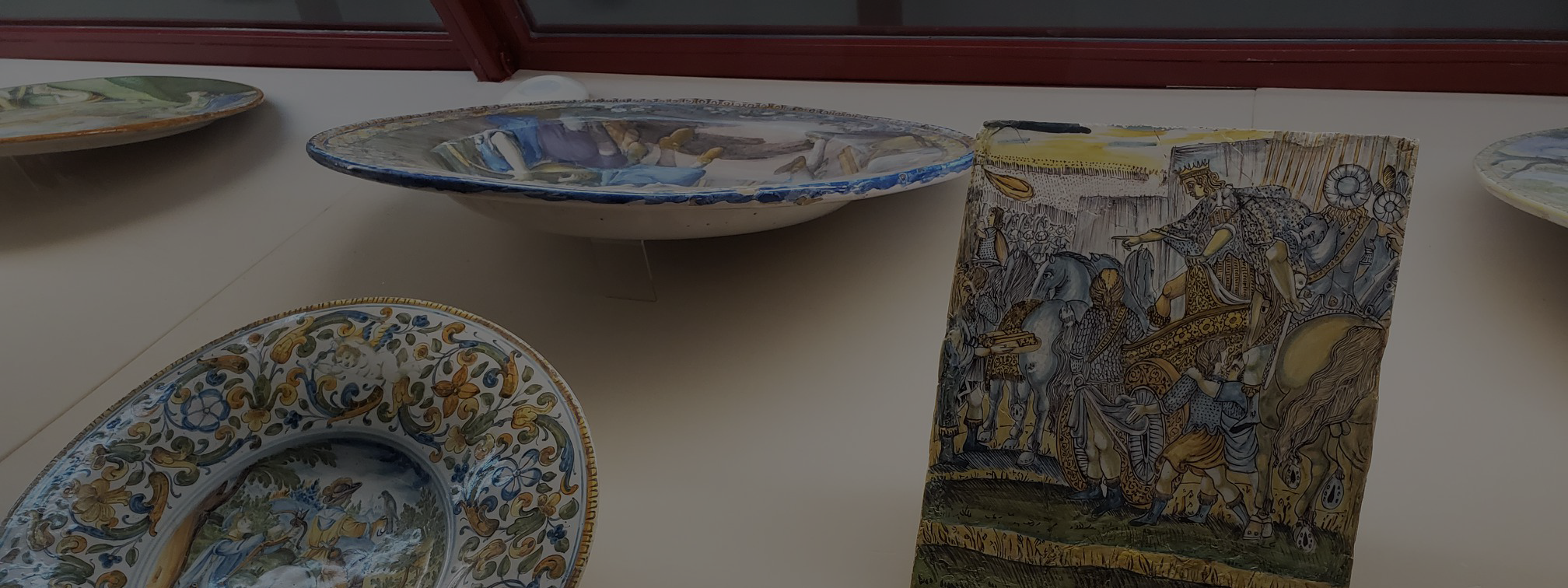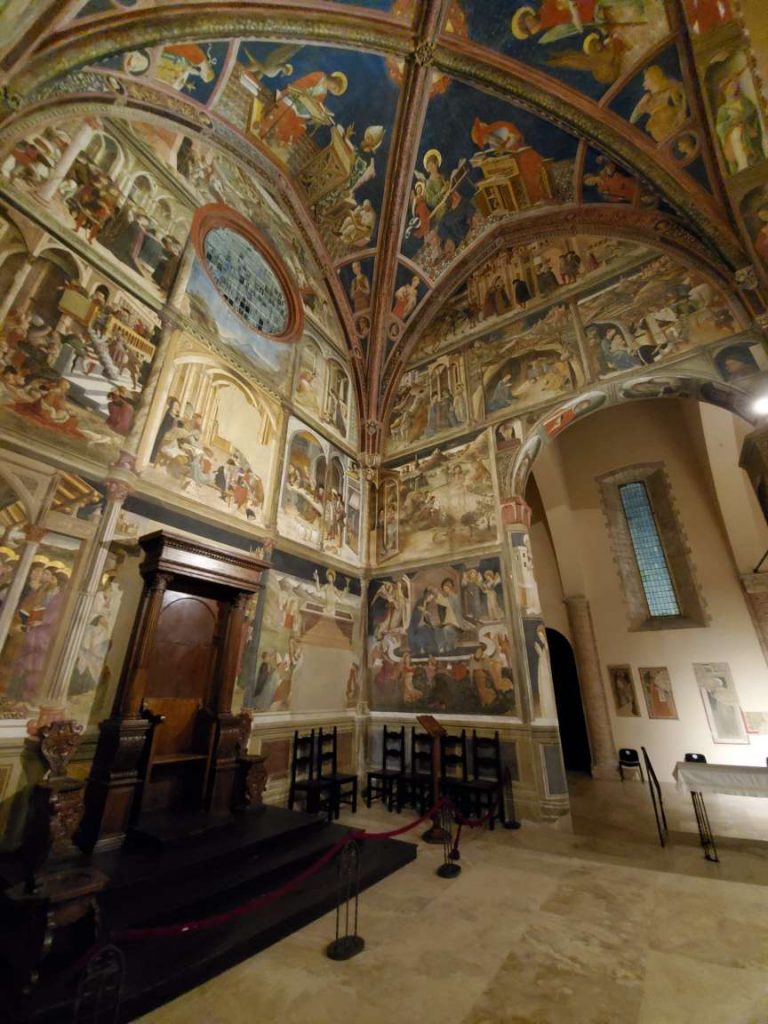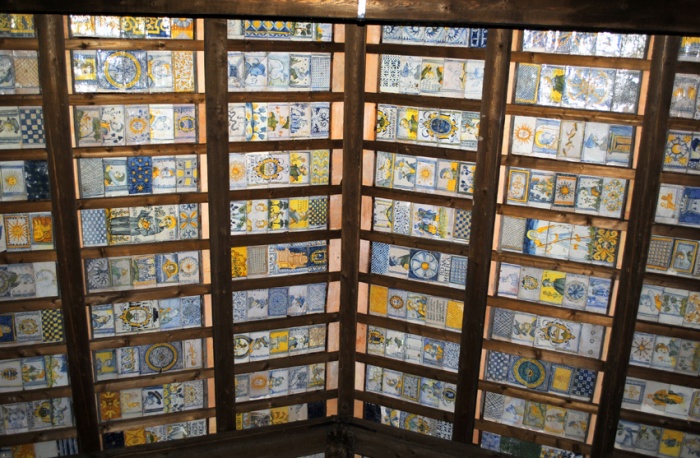Atri is a picturesque historic town in the Abruzzo hills. In ancient times, the Ager Hatrianus extended north from the Tordino River, including the Vomano , and ended south to Saline river , where the Vestini territory began, while the western border coincided with the slopes of Gran Sasso .
It boasts incredible historical and artistic views ranging from the original mosaics of the Roman baths to a cycle of 15th-century frescoes by Andrea de Litio, inside the splendid Co-Cathedral Basilica of Santa Maria Assunta dating back to 1300. The natural riches that Atri hosts are equally breathtaking: the splendid barren hills, the strategic position between the mountains and the sea and the uniqueness of the clayey landscape of the gullies – since 1995 protected by Calanchi di Atri nature reserve – are some of the reasons why it is also known as the queen of the hills.
Castelli is a town in the province of Teramo, Abruzzo, Italy, included in the area of the Gran Sasso and Monti della Laga National Park.
The medieval hilltop village is located under the Monte Bandiera on the eastern side of the Gran Sasso massif. The fiefdom became famous in the 16th century thanks to its ceramic production. In this period the village, due to the earthquakes, was completely rebuilt with Baroque and Renaissance palaces.



